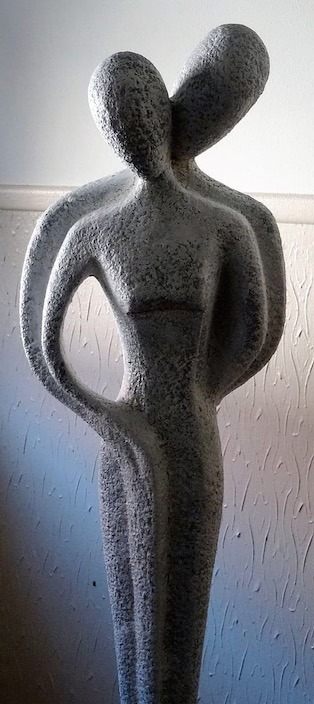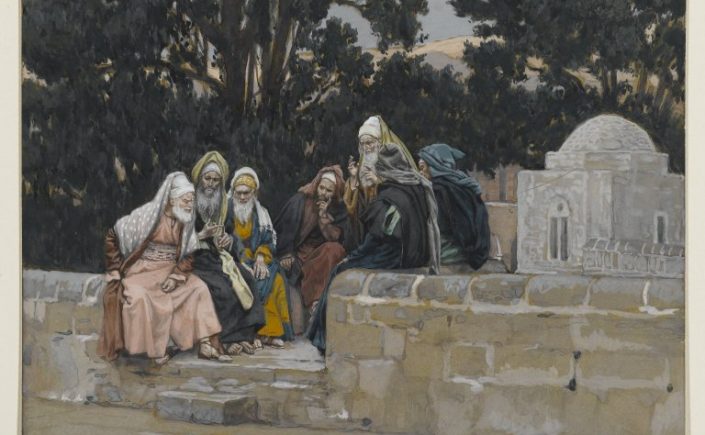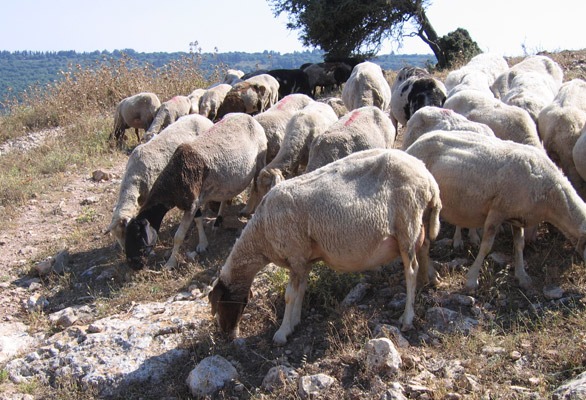by Lois Tverberg
Doesn’t each of you on the Sabbath untie his ox or donkey from the stall and lead it out to give it water? Then should not this woman, a daughter of Abraham, whom Satan has kept bound for eighteen long years, be set free on the Sabbath day from what bound her?” Luke 13:15-16
Historically, many Christians have misinterpreted Jesus’ teachings about Sabbath, reading them as an annulment of all Jewish law. Without knowing the context of his words, we can’t know the debates going at the time and how Jesus’ words fit in.
First, many underestimate the importance and holiness of the Sabbath in God’s covenant with the nation of Israel. It was called a “sign” of the covenant, a weekly day to honor the entire covenant. Breaking it was punishable by death according to the Scriptures (Ex. 31:14-16), because doing so was considered a rejection of the entire agreement God had made with his people. Often Jesus himself did not heal on the Sabbath, but waited until after sunset, when the day officially ended.
In Jesus’ time there was a strong emphasis on keeping the Sabbath as devotedly as possible, because only a few hundred years earlier the Jews had been exiled from their land due to their disobedience to God’s laws. Therefore the Jewish people took special care to outline what activities constituted “work,” so that they could avoid them and fully rest on the Sabbath. “Work” included untying animals to take them out to plow, since animals were supposed to rest on the Sabbath too. Certain types of healing activities were proscribed also, because they involved grinding herbs or other actions not allowed on the Sabbath. People with long-term illnesses simply endured them through the day.
While strict adherence to the Sabbath was valued, the early rabbis ruled that some situations warranted an override of Sabbath regulations. If human life was in danger, all rules against working would be set aside for the reason of “pikuah nephesh” — to save life. Also, some rules were set aside out of compassion for animals, so they wouldn’t suffer from not being fed or taken out for water. This was called tzar baalei hayim—preventing suffering to living things.
Jesus seems to be using the logic of tzar baalei hayim in his statement about healing the woman. It was not a life-or-death need that she be healed that day, but she had suffered for 18 years. If an animal can be untied to be led to water to prevent its suffering thirst, shouldn’t she be “unbound” too?
Interestingly, the one “breaking” the Sabbath was not Jesus in this case—he merely prayed for her healing, which wouldn’t have been prohibited by anyone. Those who protested even this prayer would have been seen as extreme by the rest of the rabbinic community too. According to Jesus’ logic, the one who did the “unbinding” was God himself! So contrary to popular belief, Jesus was working within the rules, not negating them, and showing how God longs to take every opportunity to show compassion for the suffering of his people.
~~~~
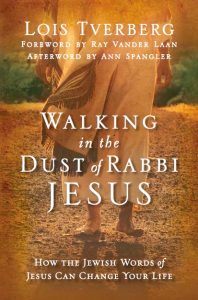 To explore this topic more, see chapter 10, “Thinking with Both Hands” in Walking in the Dust of Rabbi Jesus, Zondervan, 2012, p 130-42.
To explore this topic more, see chapter 10, “Thinking with Both Hands” in Walking in the Dust of Rabbi Jesus, Zondervan, 2012, p 130-42.

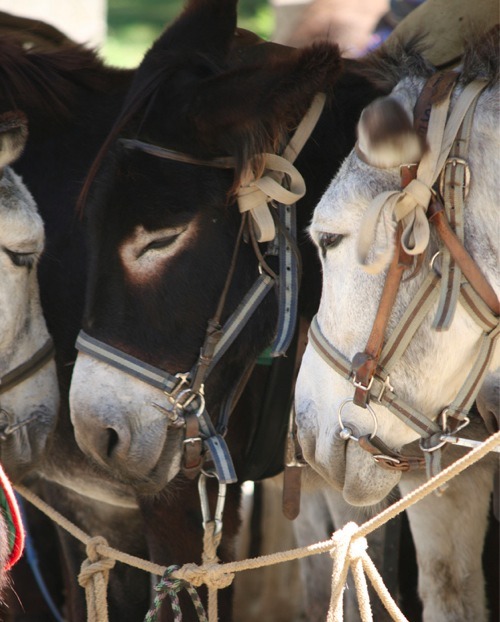


 Do not think that I have come to abolish the Law or the Prophets; I have not come to abolish them but to fulfill them. Matthew 5:17-19
Do not think that I have come to abolish the Law or the Prophets; I have not come to abolish them but to fulfill them. Matthew 5:17-19



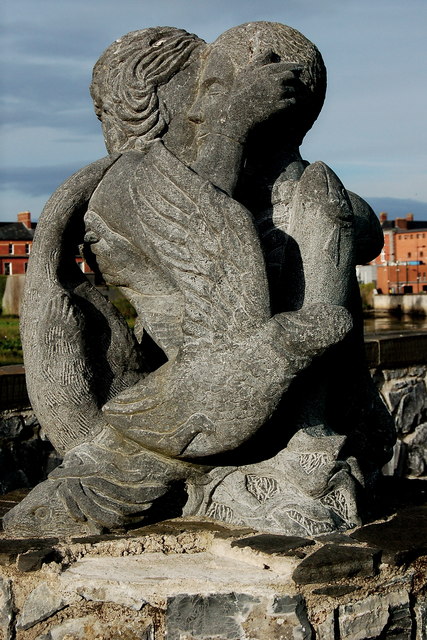 Then, later, in Genesis 2, it says that God formed the man from the dust of the ground and then describes how woman was taken out of the first man. At first, these two creation accounts seem to be in disagreement – were both male and female created at the same time, as in 1:27, or was the man formed first and the woman later, as in chapter 2?
Then, later, in Genesis 2, it says that God formed the man from the dust of the ground and then describes how woman was taken out of the first man. At first, these two creation accounts seem to be in disagreement – were both male and female created at the same time, as in 1:27, or was the man formed first and the woman later, as in chapter 2?